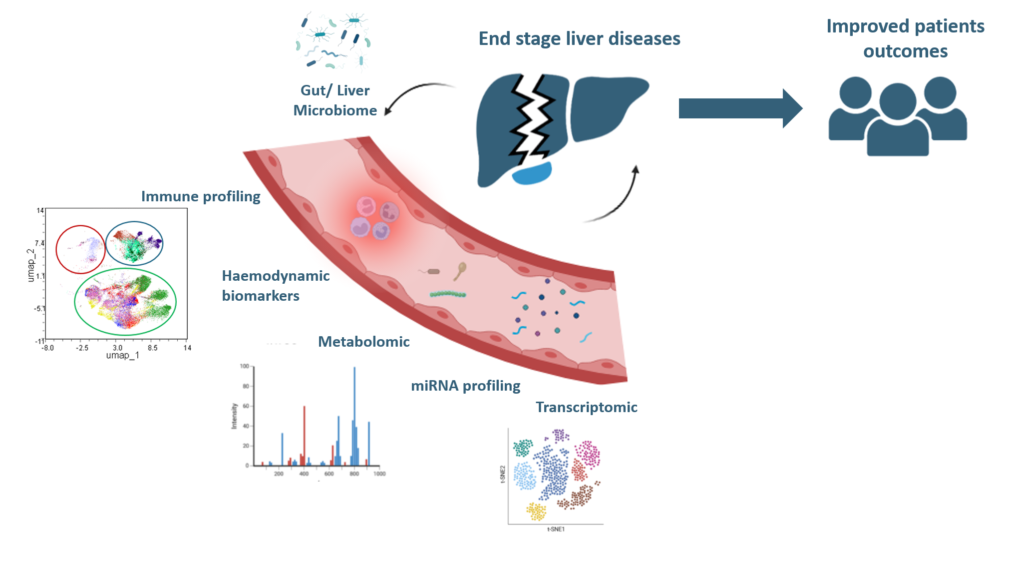Accueil » End-stage liver disease
End-stage liver disease (ESLD) covers a wide spectrum of pathologies, including:
The research area aims to improve :

No results found.
2023 Jul -
iScience
PMID : 37575179
Circulating microRNAs improve bacterial infection diagnosis and overall survival prediction in acute decompensation of liver cirrhosis
Chouik et al.
Institut d’hépatologie de Lyon, 2023